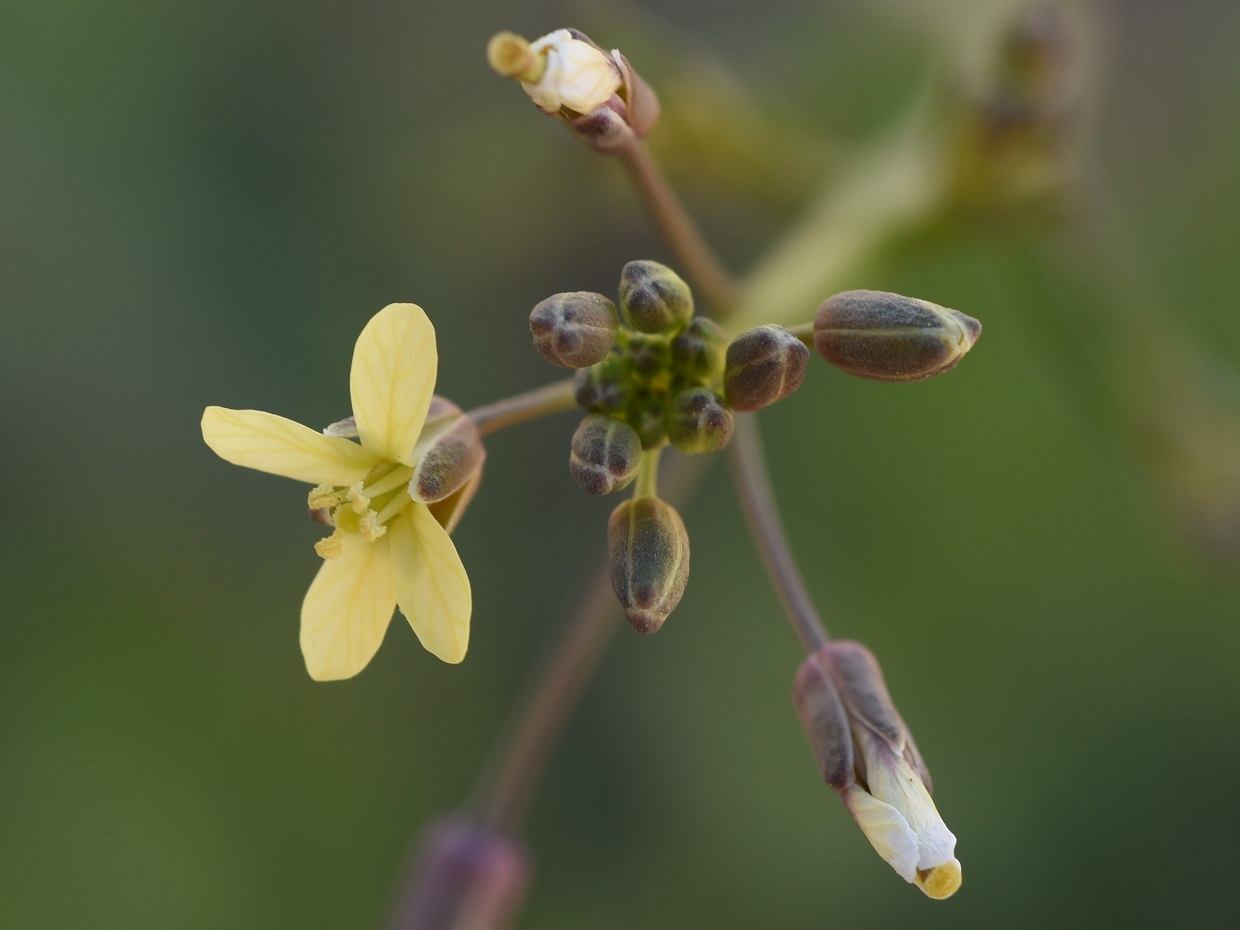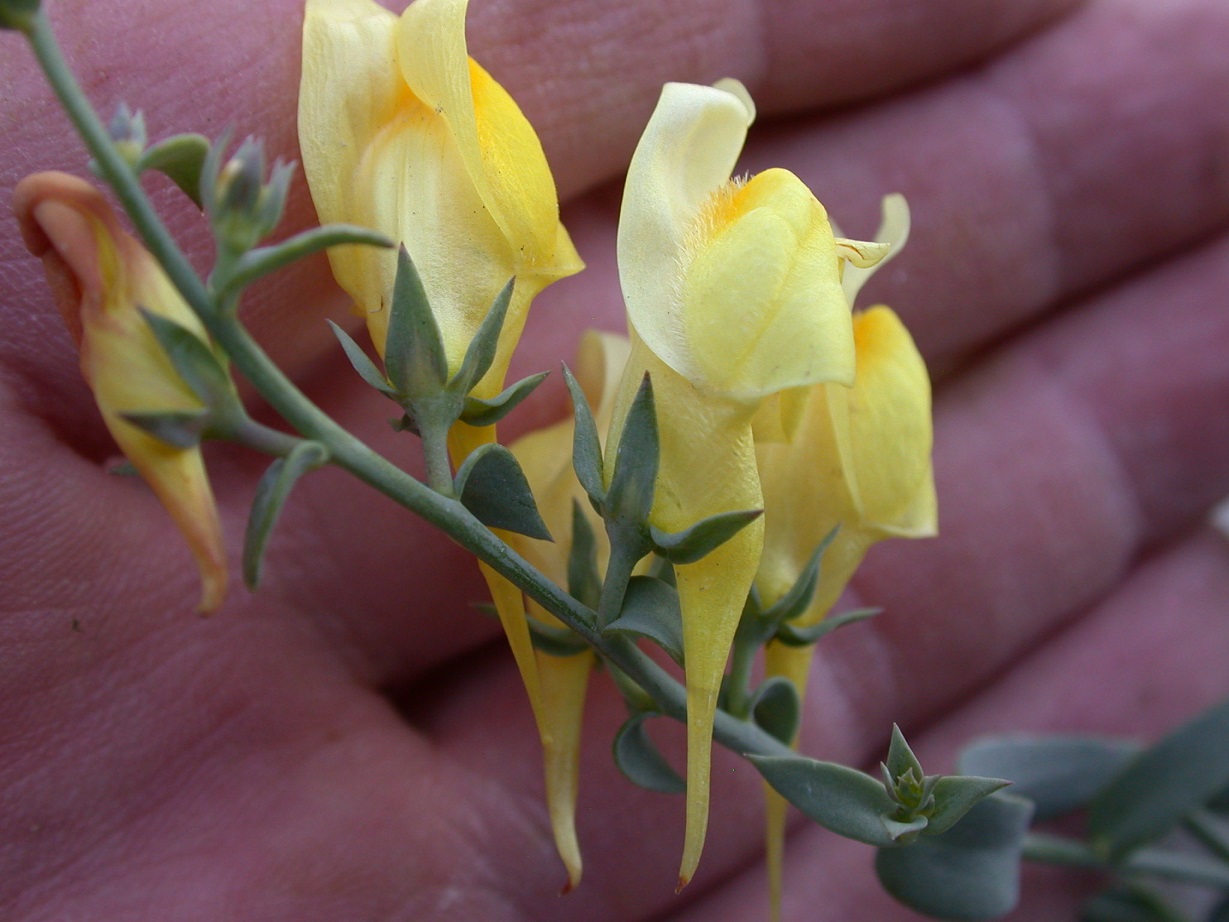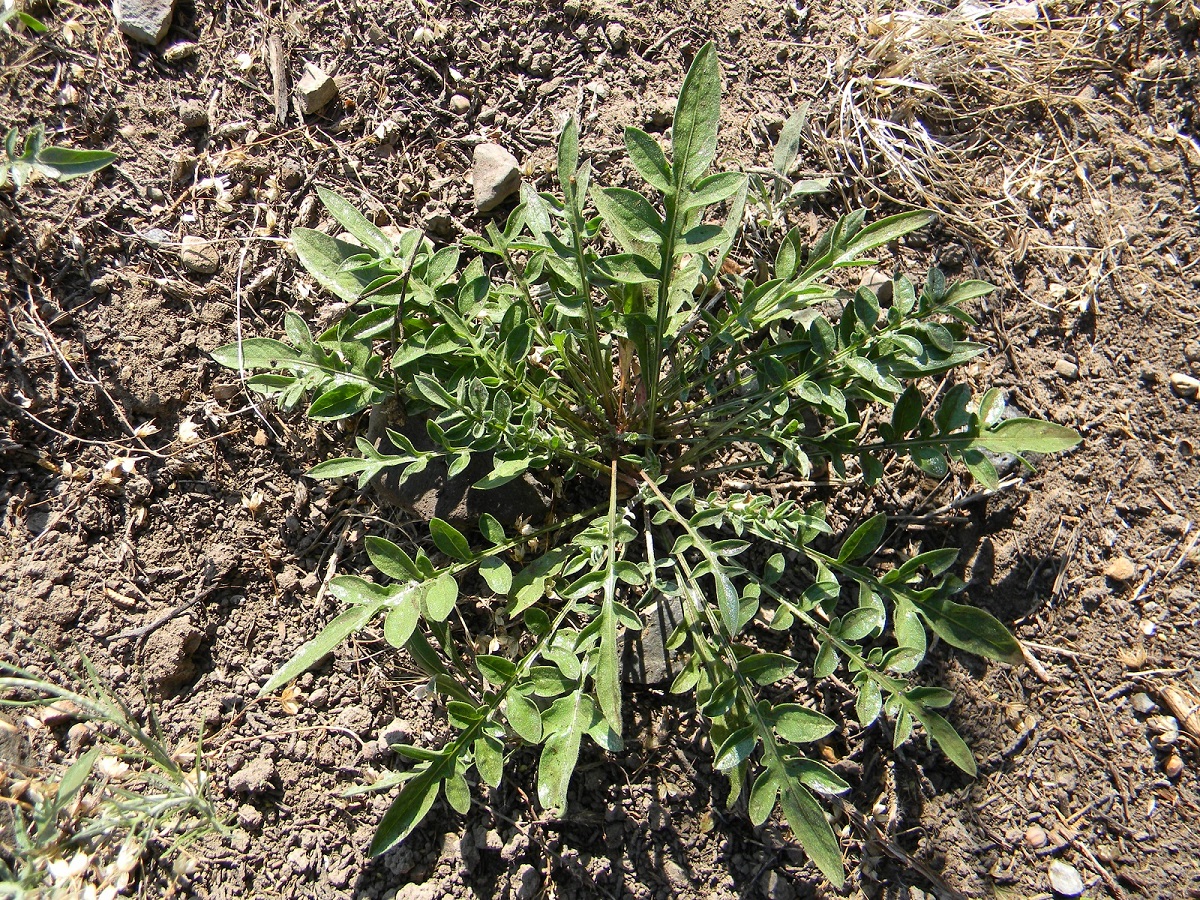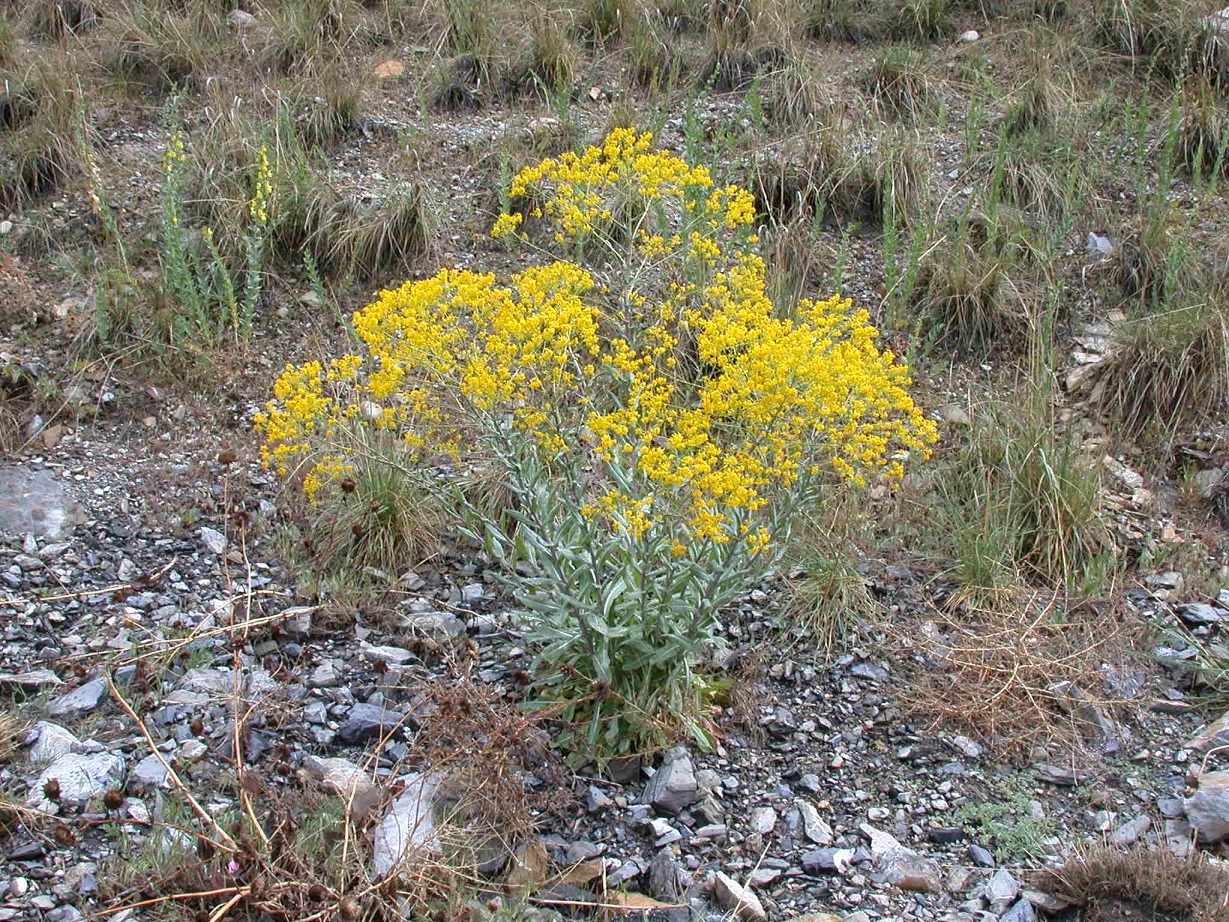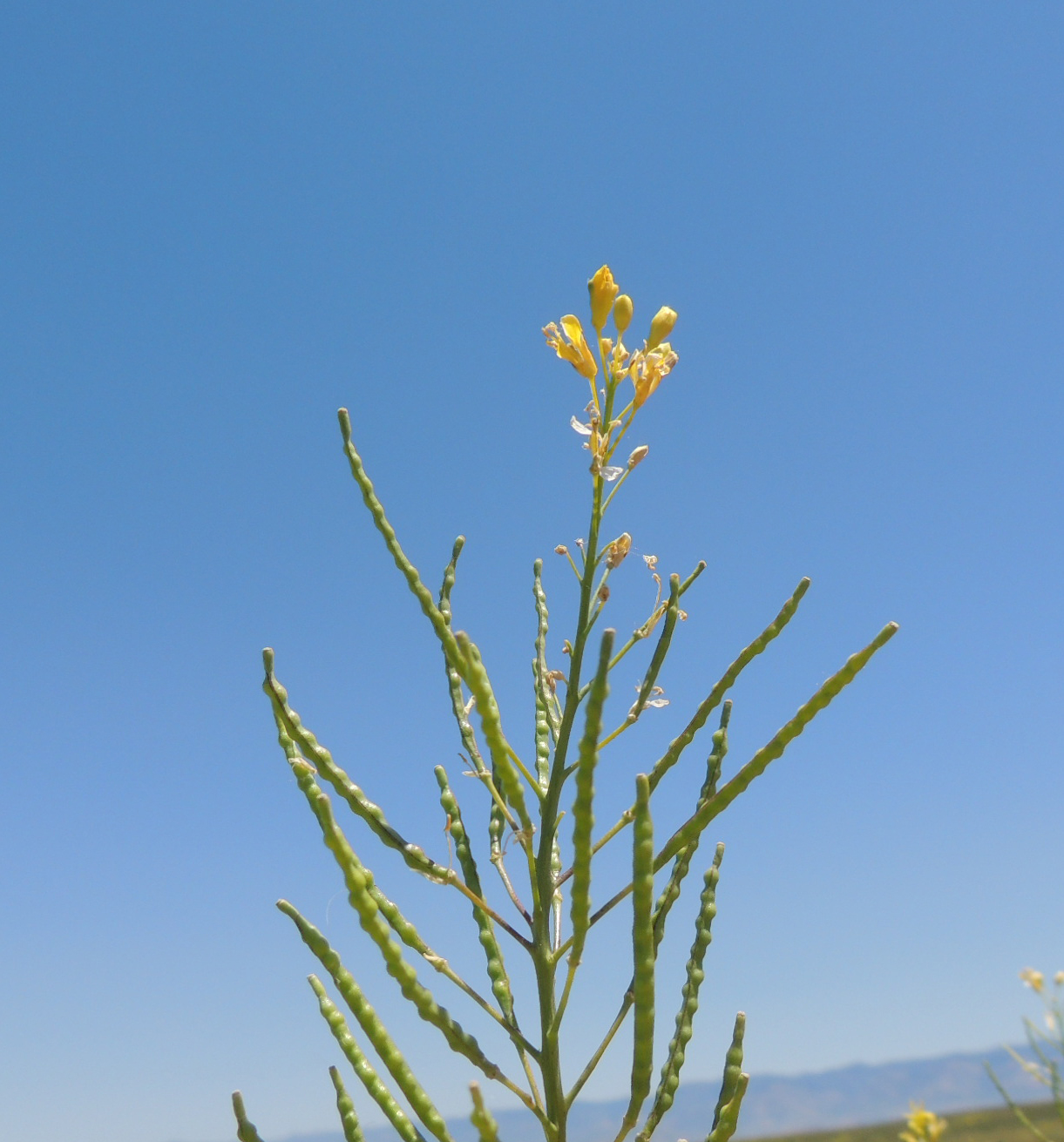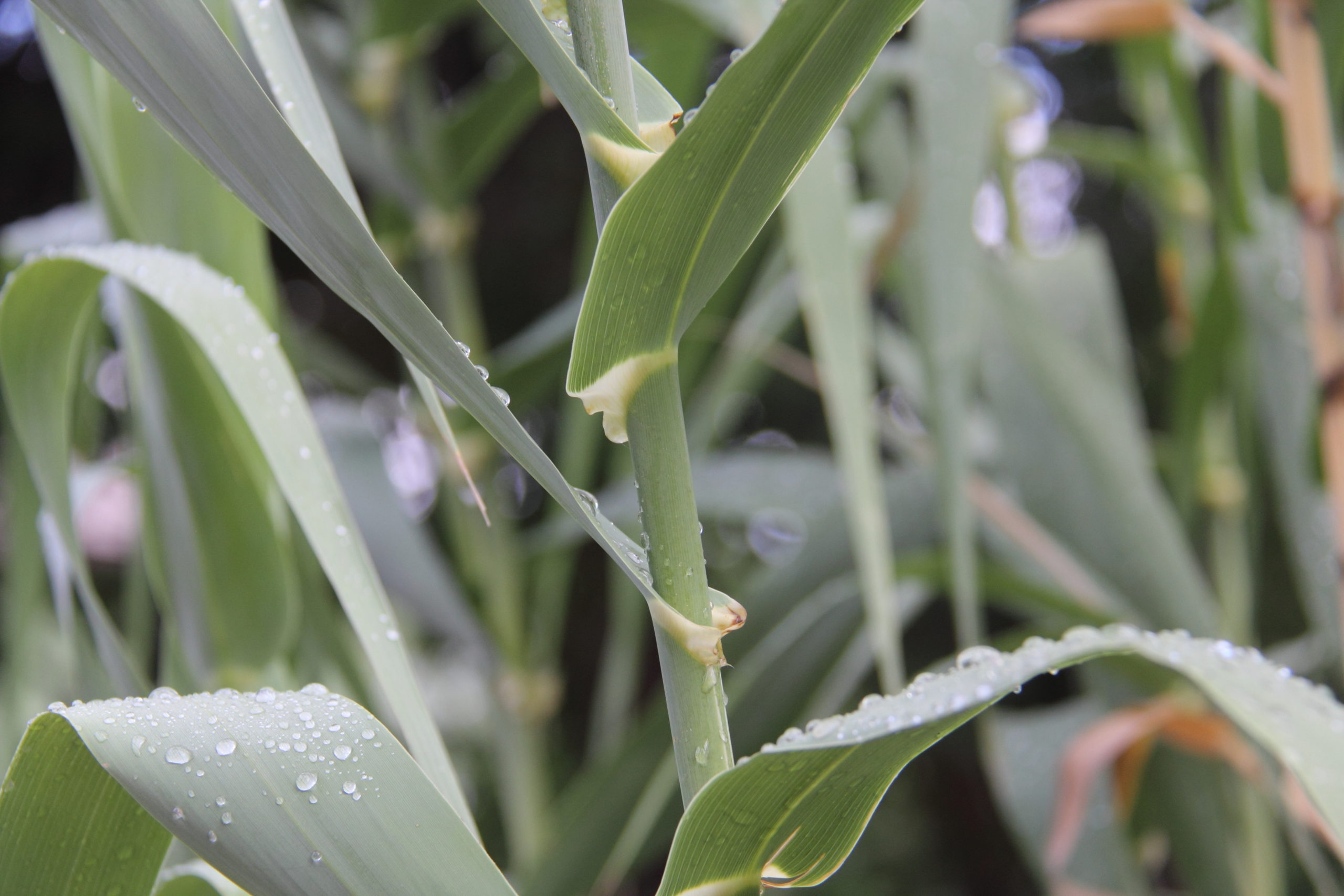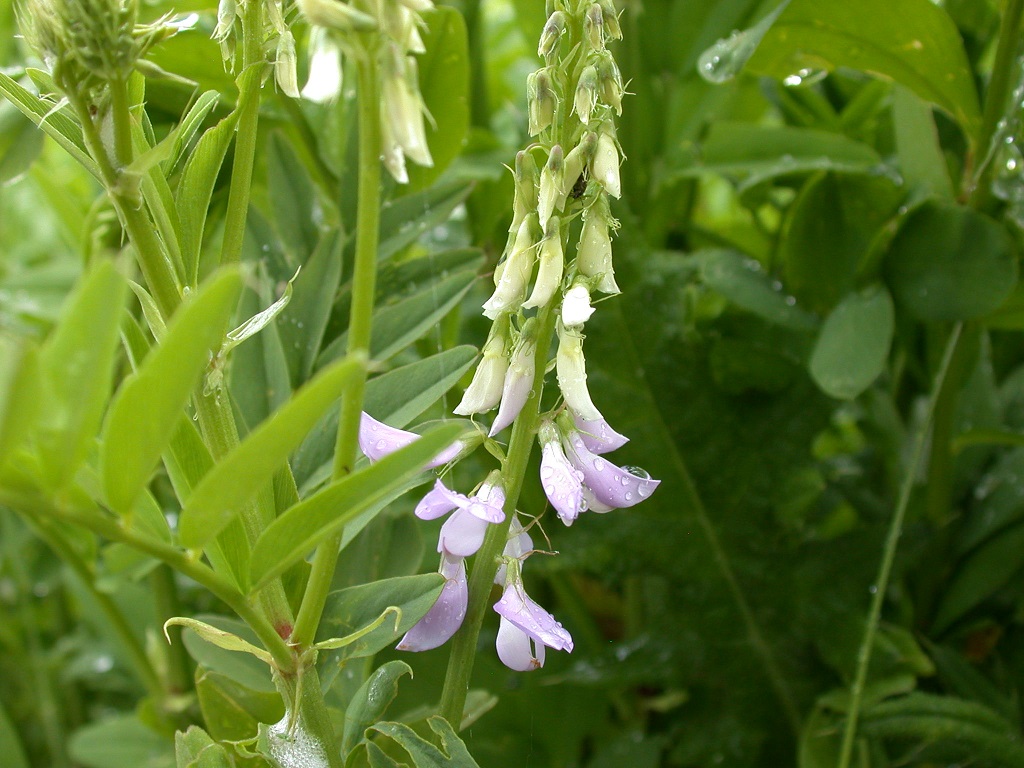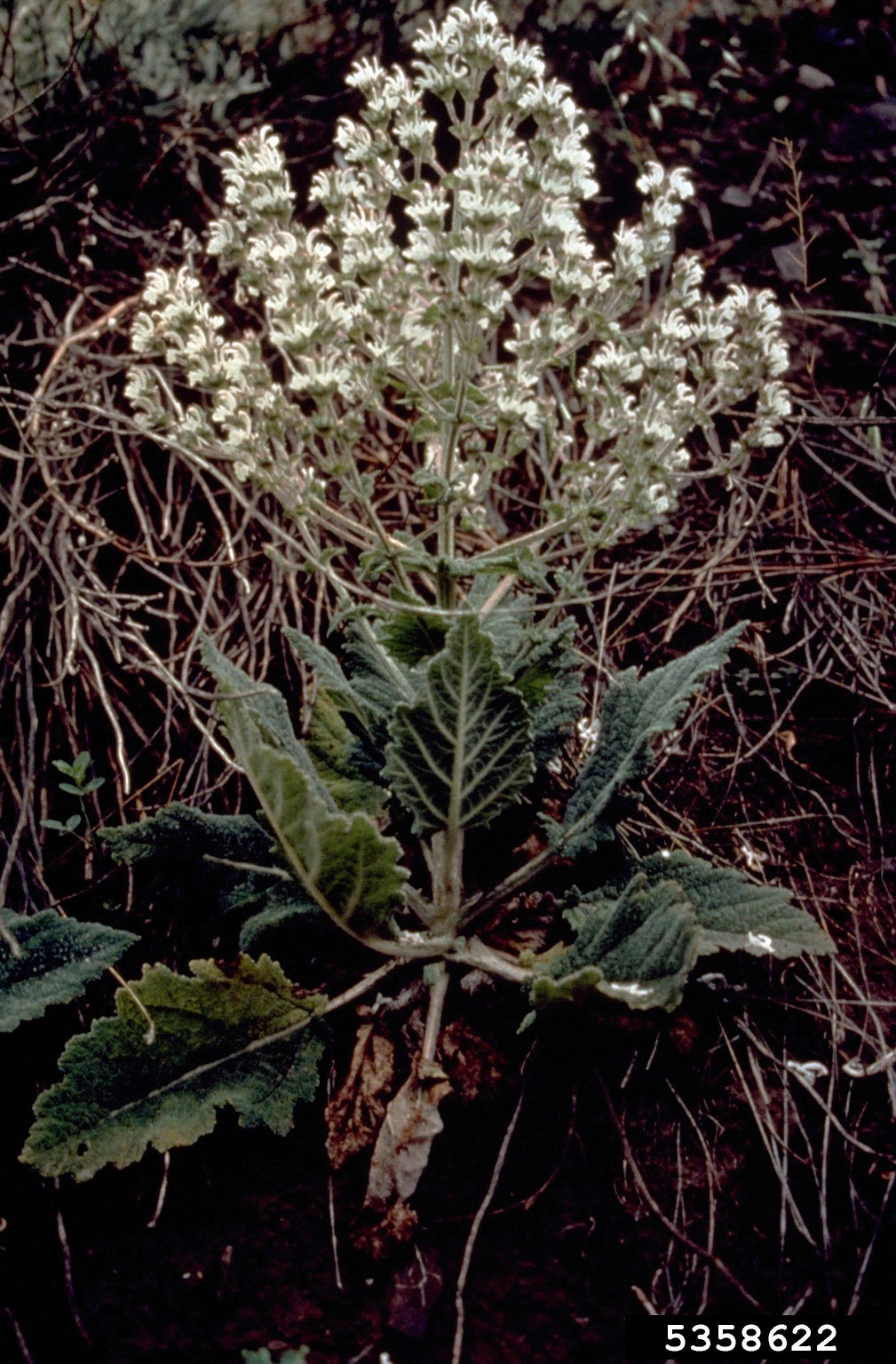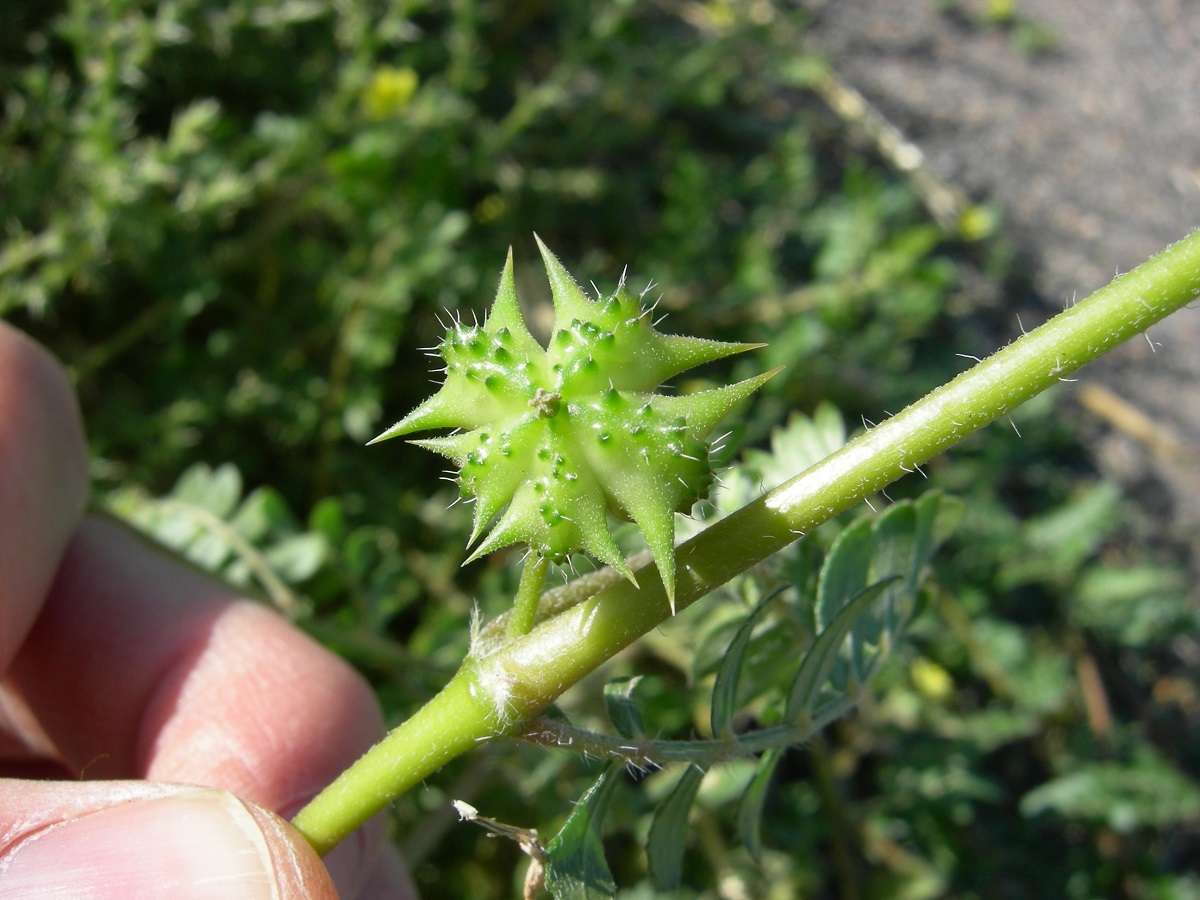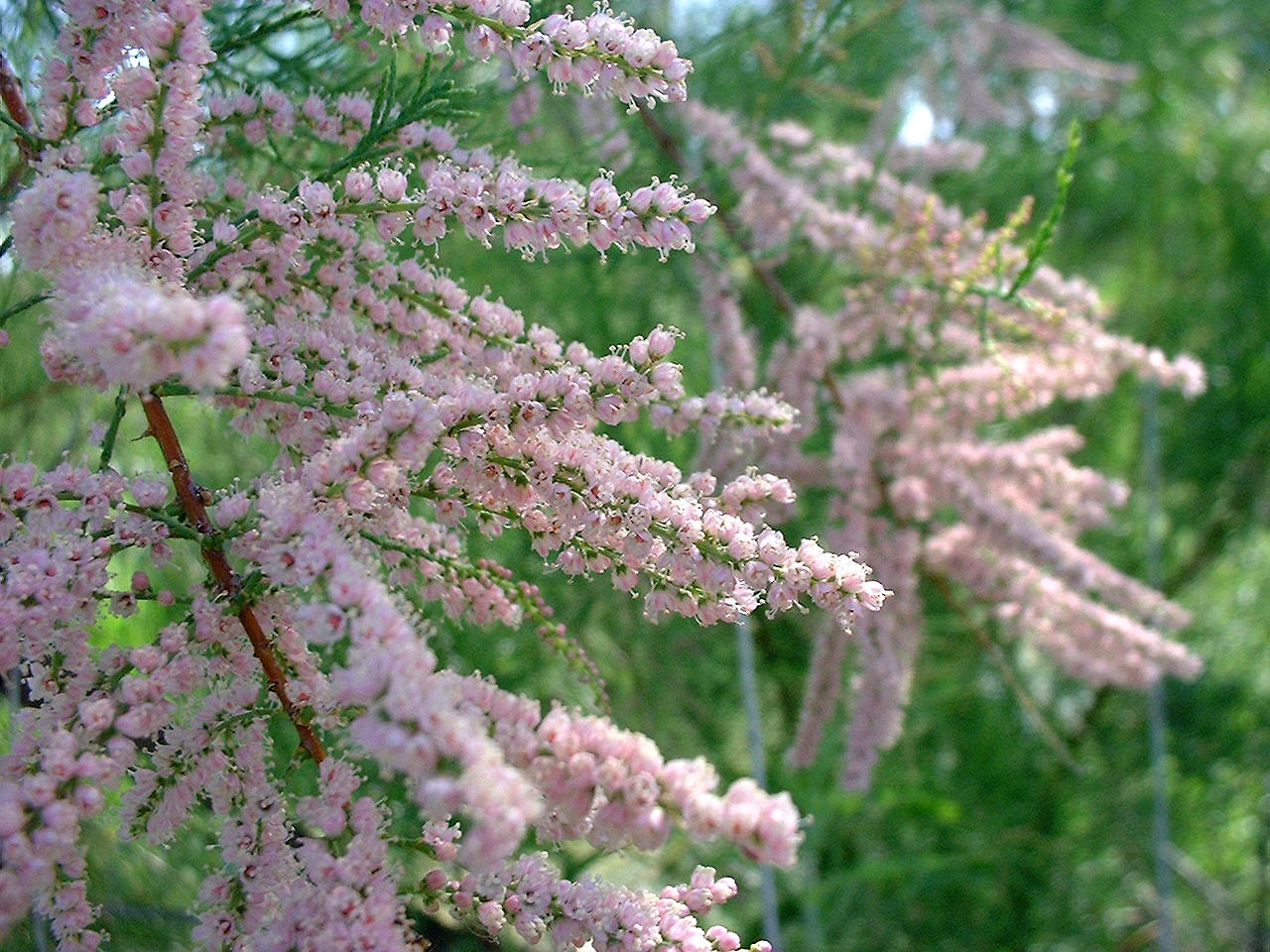Cutleaf Vipergrass
- Scientific Name: Scorzonera laciniata
BACKGROUND: Native to Eurasia and Africa, cutleaf vipergrass is found in disturbed sites, in open or fallow fields, and on roadsides. It is reportedly edible, and sometimes grown as a crop. The plant is known to serve as a food source for clover cutworms (Anarta trifolii), which also feed on and damage a wide variety of food crops.
DESCRIPTION : An herbaceous, taprooted biennial or short-lived perennial, with hollow, branching stems, that grows about 1 1/2 feet tall. Rosette leaves are 2-8 inches long. Leaves can sometimes appear grass-like, due to deep dissections into narrow lobes. Each stem has one bright yellow composite ray flower head at the top, open a few hours daily. The plant flowers throughout the summer, and produces seed heads 1 to 2 inches in diameter, made up of many parachute-like seed pods.
CONTROL: Do not grow this plant.







